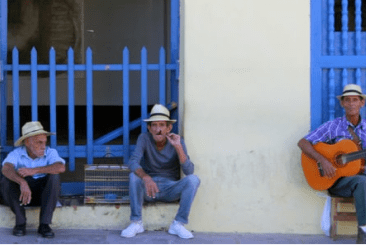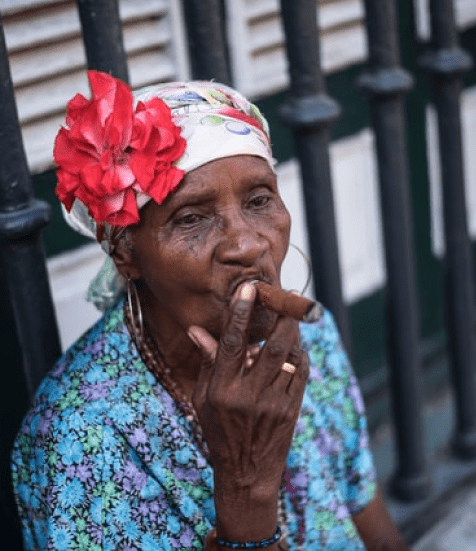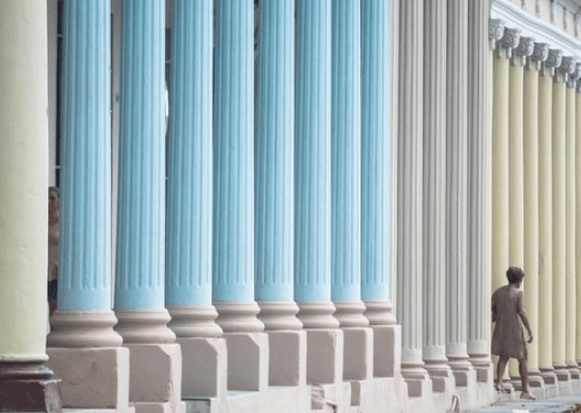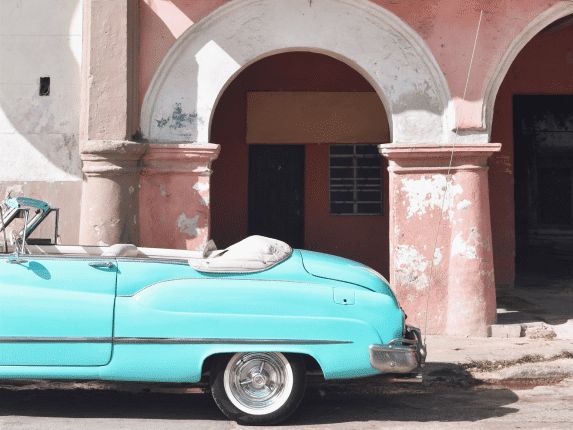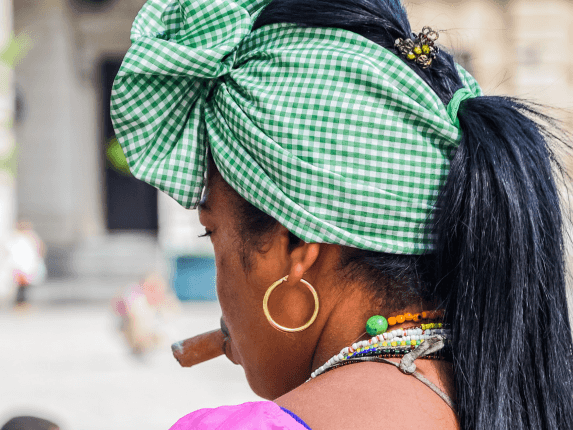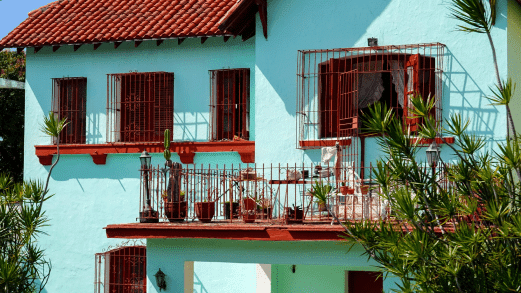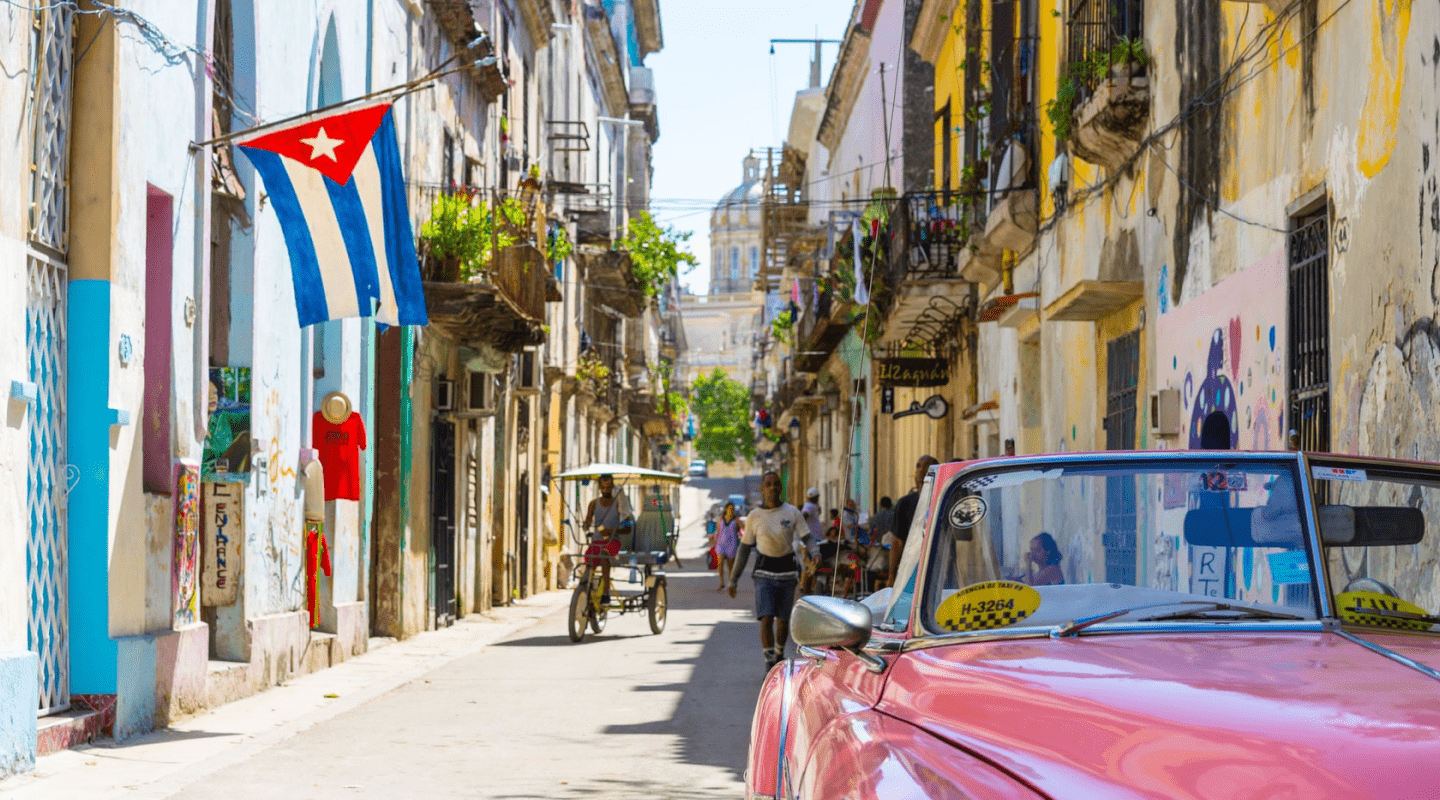
CITY AND PLACES
Explore Cuba
Cuba
Cuba's cities are familiar even to those who don't know the country. Famous for its morbid colonial architecture is especially the capital Havana with its mixture of American relics and communist symbols: Straenkreuzer meets there Konterfeis and -graffiti of Che Guevara.
Between completely restored old towns you can also find magnificent buildings, but they are already threatened by decay. Those who travel to Cuba now will experience the remnants of an architecture and culture around which, in the bright light of the Caribbean sun, the charm of the past wafts.
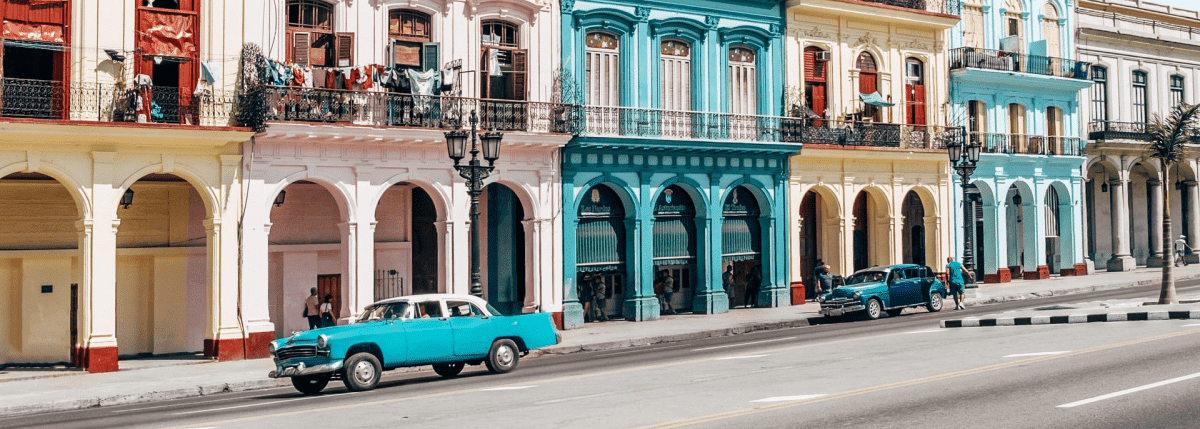
Havana
Founded in 1519 as Villa San Cristóbal de La Habana. The historic old town was declared a Cultural Heritage of Humanity by UNESCO in 1982.
Havana Province, in western Cuba, was created in 1975 as a result of a political redistribution of the country. Jibacoa, in the northeastern part of Havana, halfway between the Cuban capital and the seaside resort of Varadero, is one of the tourist destinations due to the quality of its beaches and its scenic beauty. Santa Cruz del Norte is home to the largest rum factory in Latin America. El Salado, located west of the capital and 30km from José Martí International Airport, has a beach protected by the coral reef Havana - Colonial Caribbean Metropolis
In this city, opposites collide harshly. Havana is a UNESCO World Heritage Site and the city of absolute poles: architectural grandiosity next to concrete facades ripe for demolition, hectic hustle and bustle next to pure relaxation, old next to modern, glamor next to dull decay.
Horrified and enchanting at the same time, one moves through the metropolis of millions with incomparable colonial charm. The best way to do this is on foot or by car; the colorful American vintage cars - a relic of the 1950s - are very well suited for this. Everywhere they decorate and shape the cityscape.
CAMAGÜEY
The fine sand of Playas del Este beckons just 20 kilometers from Havana. Many locals enjoy these beautiful beaches on weekends or vacations.
Camaguey

The province extends over 15900 km² in the western center of the Cuban archipelago and has hundreds of kilometers of auerormally charming beaches.
The capital of the same name, with the second largest old town in the country, was founded in 1514 under the name of Santa Maria del Puerto del Príncipe. A highlight of the region is Santa Lucía with its 20 km of finest white sand beach and the second largest coral reef in the world. Here extends over 5 kilometers a fascinating diving area with impressive underwater world as well as 27 sunken shipwrecks.
Cayo Largo
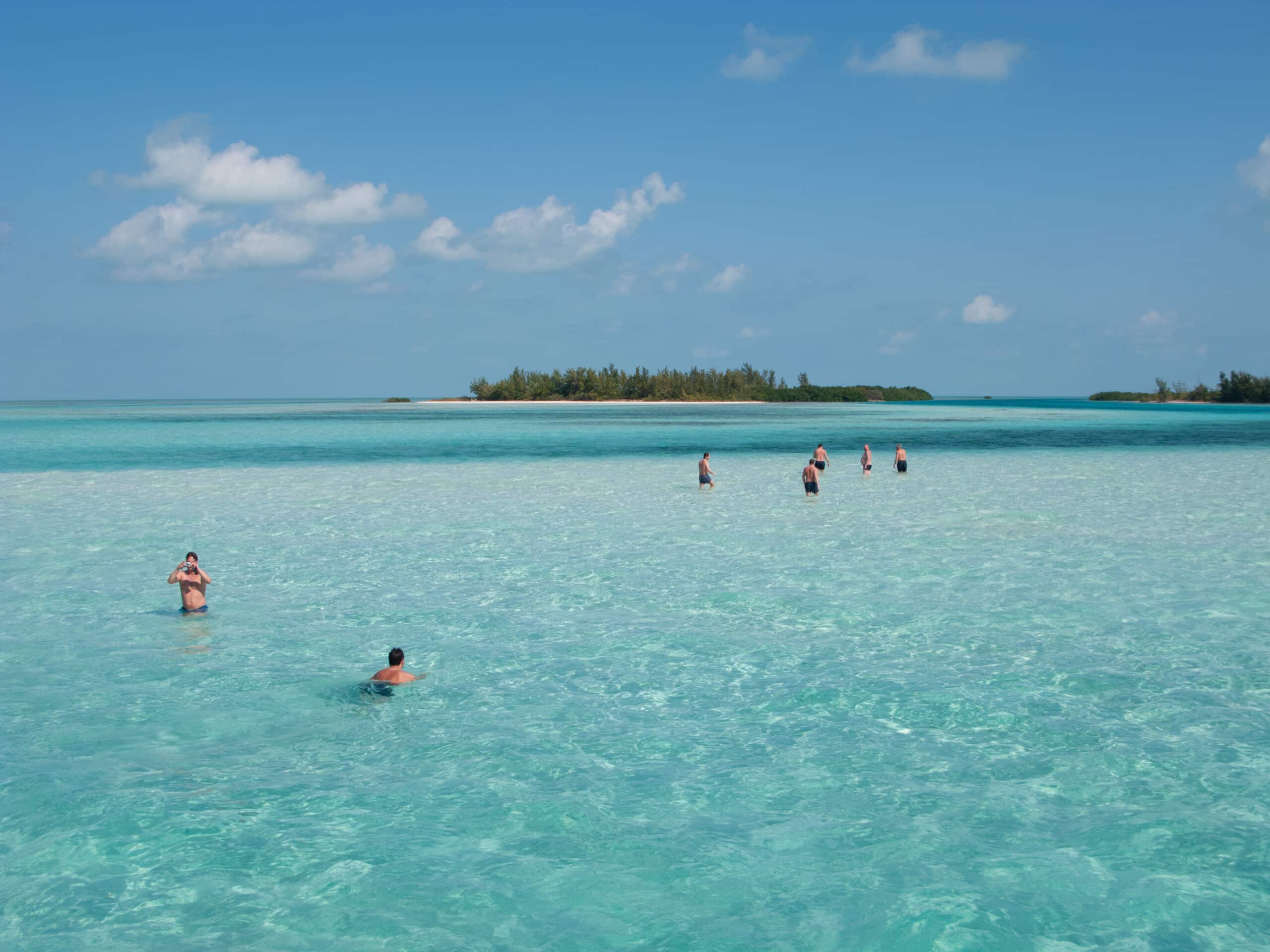
Located in the Canarreos Archipelago, this island is popular with guests who prefer a quiet beach vacation far from any city. Sun, sand and sea are what guests enjoy on this 25 km long island, which with the Cayo Largo Marina is the preferred anchorage for yachts that replenish their supplies here. The white, fine shell sand at the secluded Playa Sirena, Playa Paraiso and Playa Blanca invite you to walk for kilometers and the coconut palms of Playa Los Cocos provide shade with a view of the turquoise sea. Also popular with scuba scuba divers, diving trips are offered from the Cayo Largo marina and boat tours to the reef for snorkelers. Conclusion: pure Caribbean island feeling!
Ciego de Ávila
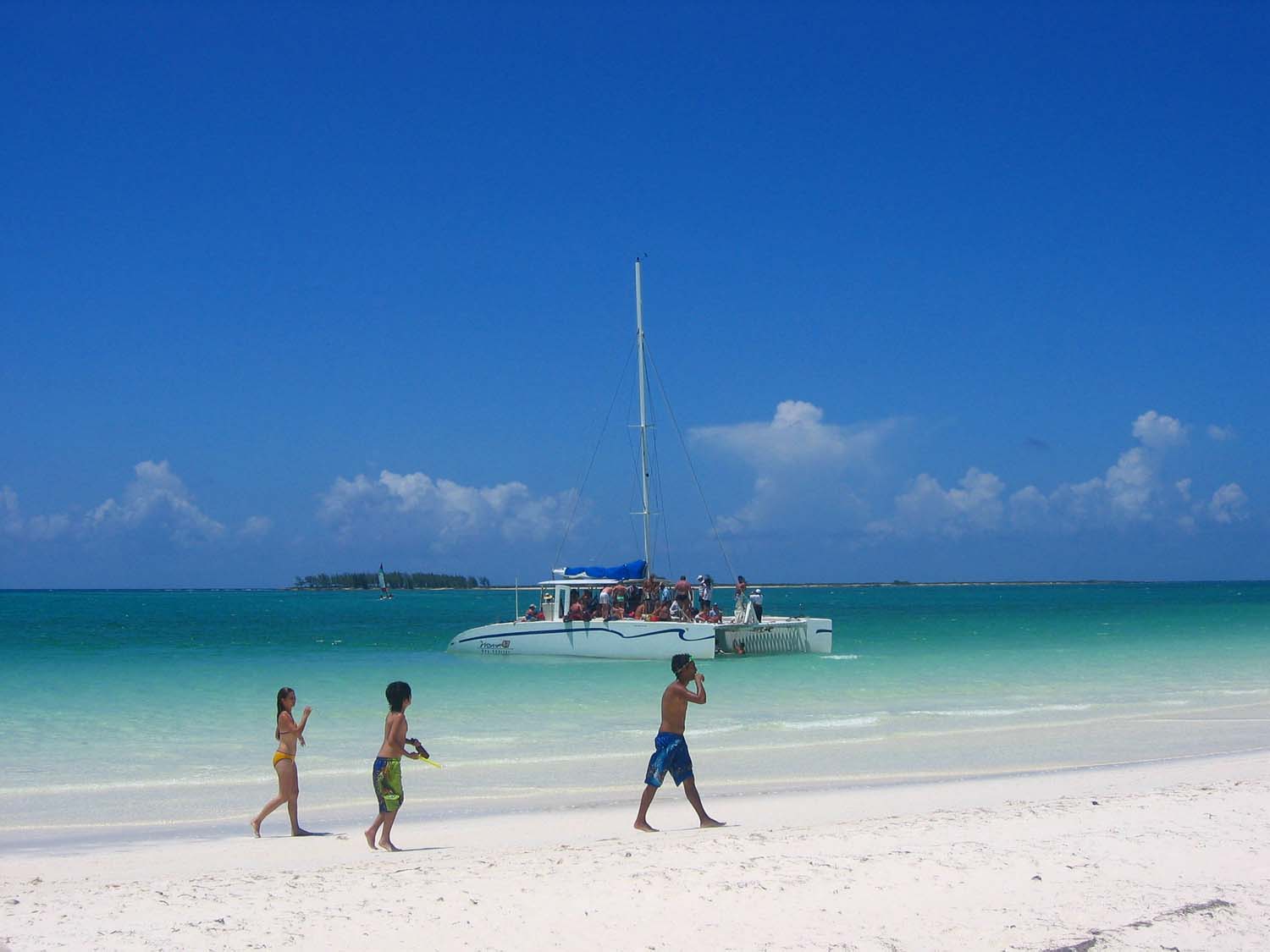
The capital, Ciego de Ávila, was founded in 1840. Northern coastline: 30 km of pristine beaches and the second largest coral reef in the world invite you to scuba diving. The islands of Cayo Coco and Gayo Guillermo are tourist destinations. Cayo Coco has a hotel infrastructure and 22km of fine sandy coastline in pristine surroundings. Gayo Guillermo is a 13km² island, which became world famous by Ernest Hemingway (book: Islands in the Gulf). Here you will enjoy the beach Playa Pilar, considered as one of the most beautiful in Cuba.
Cienfuegos
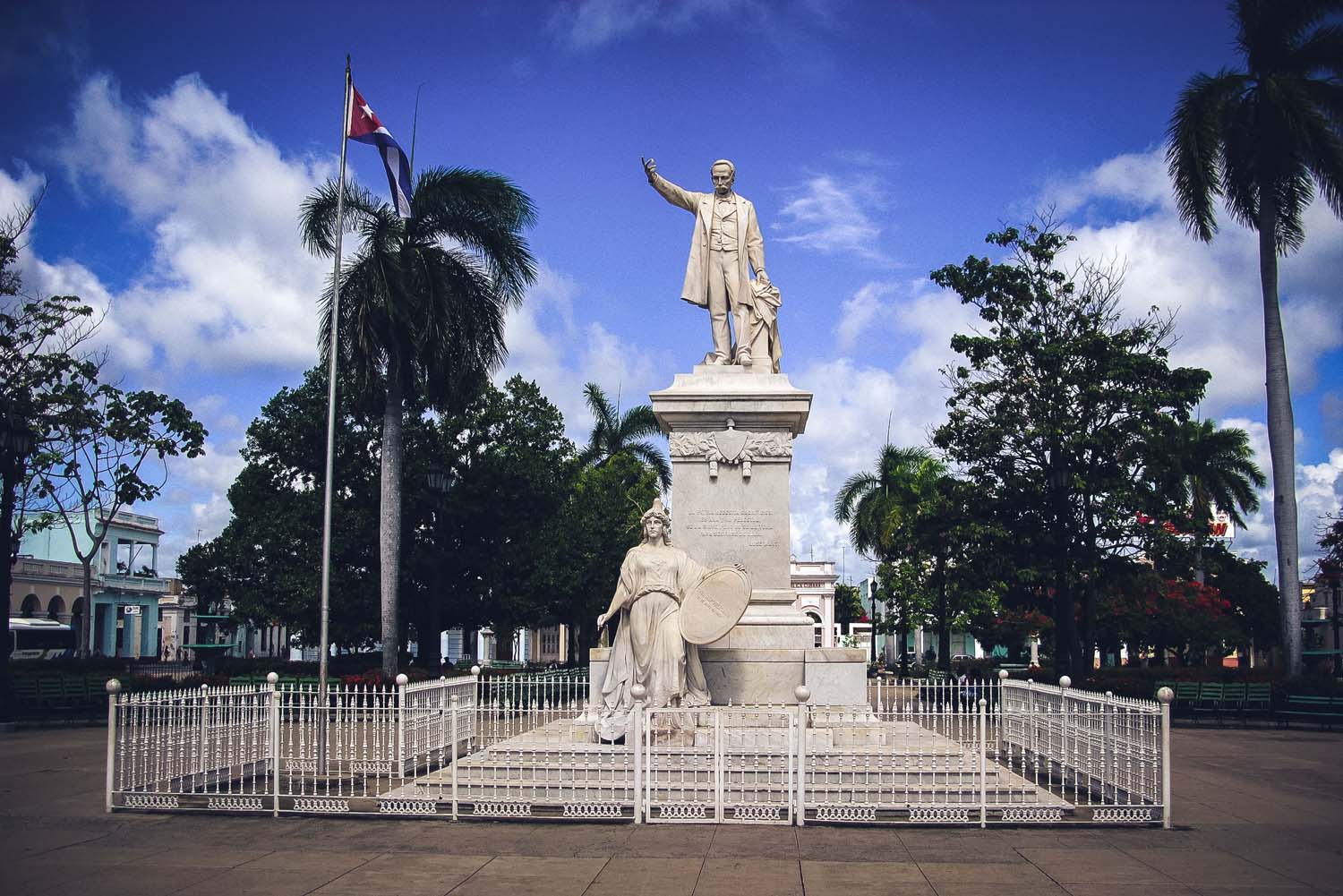
Region located in the south center of Cuba with the capital of the same name, which originated from the colony of Fernandina de Jagua, founded in the year 1819. The city of Cienfuegos is located on the Bay of Jagua, has a listed old town, the longest promenade in the country and is considered the pearl of the south or beautiful city of the sea.
The offshore beaches of Rancho Luna and El Inglés are excellent for water sports and diving. Between the bay of Jagua and Boca Ambuila there are more than 50 diving destinations among others: the famous six meter high coral column (Notre Dame) and sunken ships. The lagoon of Guanaroca and the valley of Yaguanabo fascinate with their tropical fauna and in the caves of Martín Infierno a 67 meter high stalagmite impresses.
The coastal region is excellent for water sports and diving.
The Theater Terry was already frequented by the stars of the 1920s
The Catedral de la Purisima Concepcion: Beautiful cathedral in Cienfuegos from 1970
Particularly impressive and elegant is the Teatro Tomas Terry, located at Parque José Marti, with mosaics decorated with gold leaf and a theater hall made of mahogany wood. Here, even in the twenties, real stars enjoyed the thunderous applause of the masses. Visitors should also take in other architectural sights such as the Palacio Ferrer, the Moorish Palacio del Valle, the Cathedral de la Purisma Conception, the Paseo del Prado and the Art Deco villas on the Punta Gorda headland.
Other interesting places in Cienfuegos
In terms of cultural history, the Museo Provincial with its theme of colonial history is interesting. As a nearby, fulful excursion destination, many visitors take the ferry from the Muelle Real to the opposite Jagua to the 18th century fortress of the same name, Castillo de Jagua.
Granma
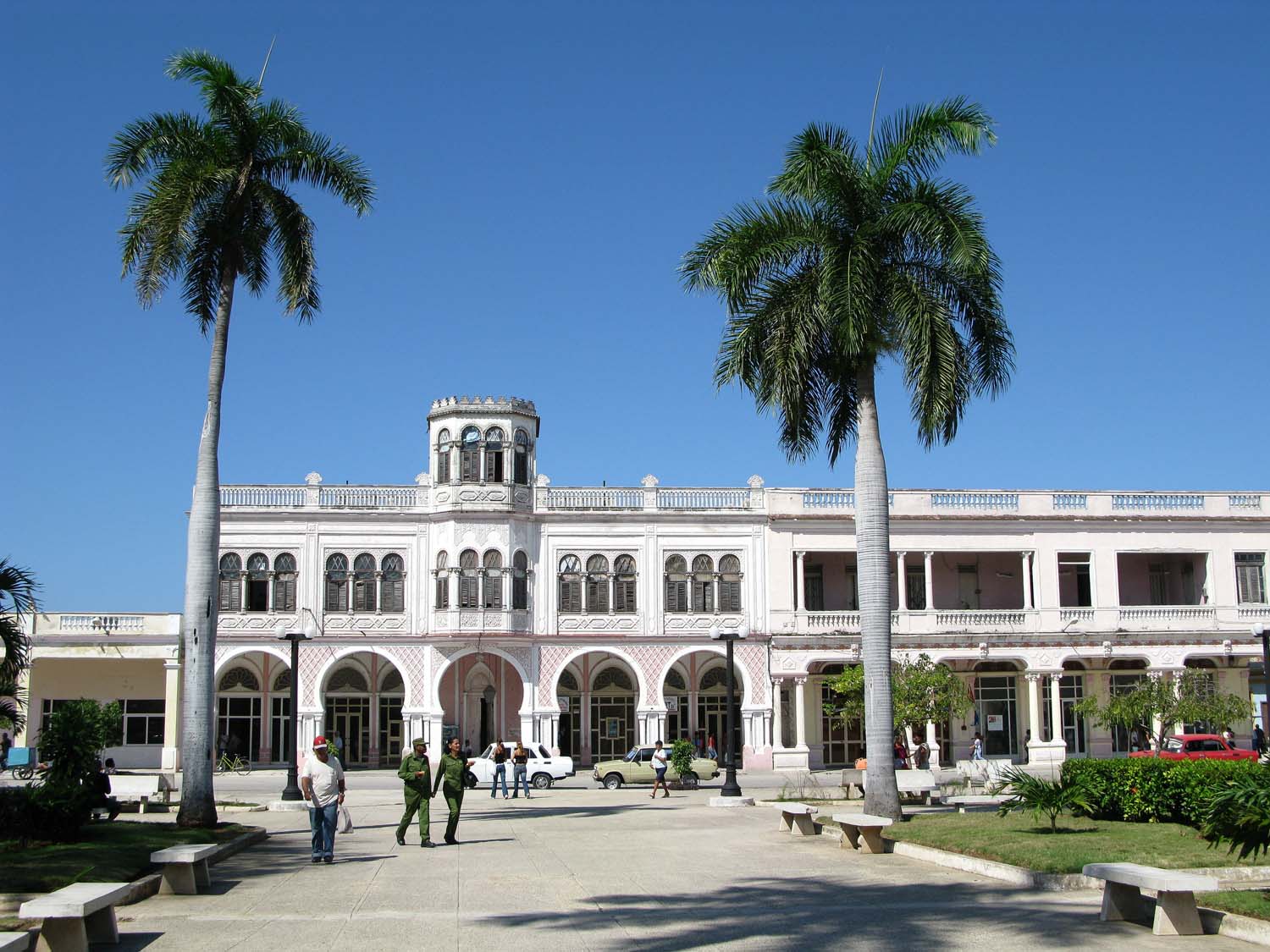
The province of Granma, located in the southeastern part of Cuba, fascinates with the impressive landscape of the Sierra Maestra, a mountain range that runs from Pilón along the coastal road through the province of Granma and Santiago de Cuba. The capital, Bayamo, founded in 1523 by the Spanish colonizers, unfortunately has few historic buildings, but is a good place for a stopover if you are traveling by car towards Santiago or Baracoa. In the Sierra Maestra National Park is the Comandancia de la Plata, former headquarters of Castro in the mountains, which can be visited with a special permit. In the Turquino National Park rises the highest mountain of the island, Pico Turquino, with 1974m. From Pilón the coastal road leads to Santiago de Cuba and for fans of diving we recommend the Hotel Marea del Portillo with attached diving center.
Guantanamo
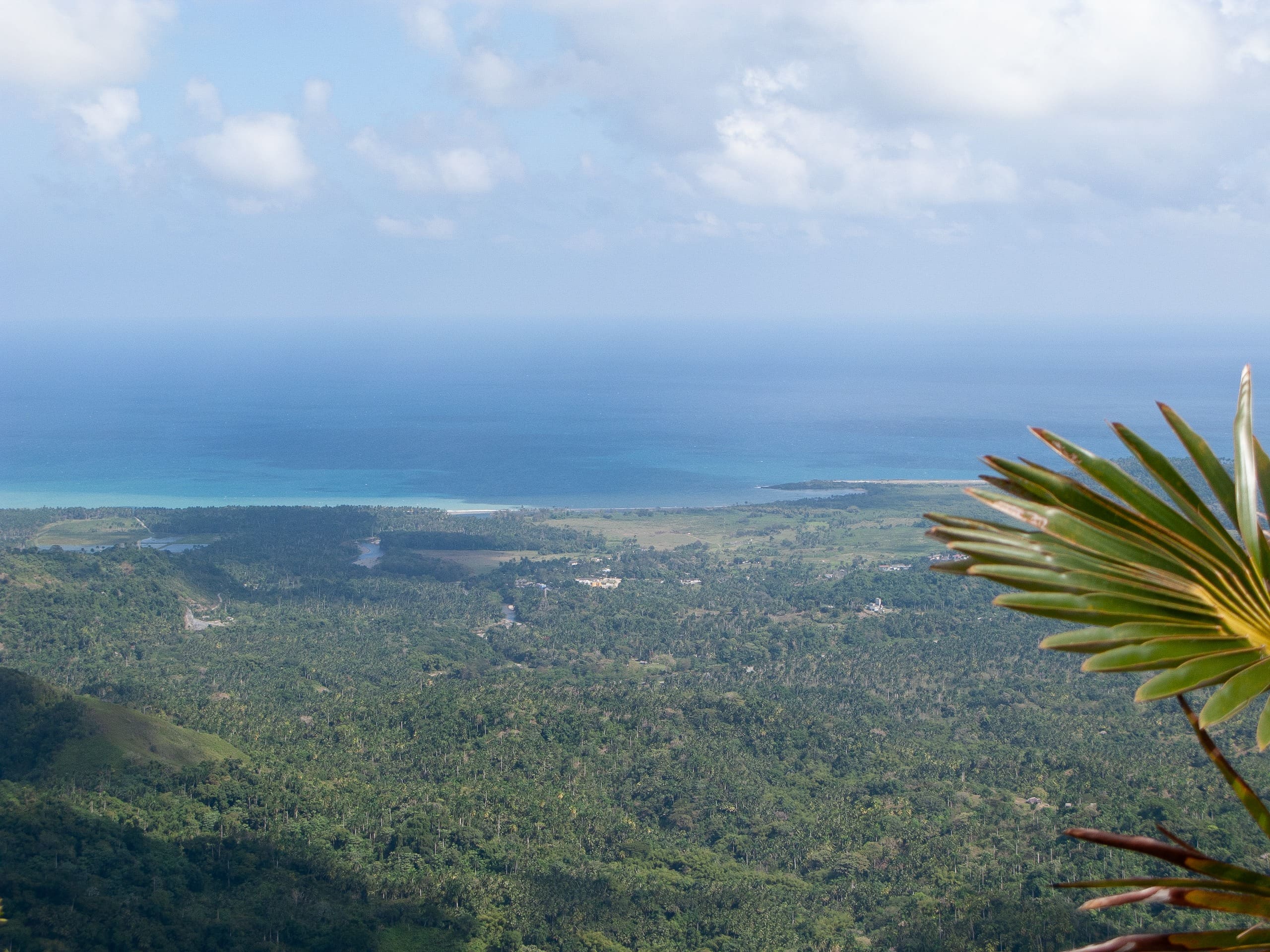
Primarily known for the American naval base in the bay of Guantanamo and the quarrels between the U.S. and the Cuban government about this stretch of land, the city as such has little to offer. In 1903, the government of the United States, as the victorious power against the Spaniards, was forced to sign a lease agreement that can only be terminated by mutual agreement and thus no end can be foreseen. At the Mirador los Malones you can have a look with the telescope at this part, which is surrounded by a 27km long fence and where the only McDonalds restaurant in Cuba is located.
Joseíto Fernández composed the song Guantanamera in the 40’s about a girl in this town and became world famous. Two highlights of the province are certainly the mountain road La Farola with a magnificent view over the country and the connected oldest city in Cuba, Baracoa. From Baracoa as a starting point you can explore the biosphere reserve El Yunque on a 575m high rock, the Yumurí Canyon with 180m high, densely overgrown mountain walls, the waterfalls of the Río Toa and the Playa Maguaná with the most beautiful beach of the region.
Holguín
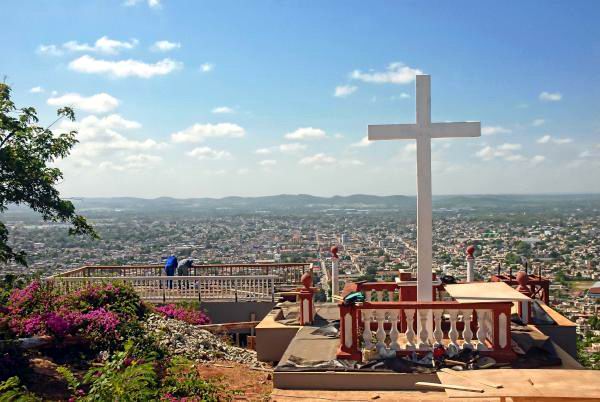
On the north coast of the province, located in the east, are the beaches of Playa Yuraguanal, Playa Pesquero, Bahía de Naranjo, the beach region of Guardalavaca and the island of Cayo Saetía. Comfortable beach hotels are available throughout the region and are best reached from the capital city of Holguín, which is also served by foreign and domestic airlines. The capital of the same name is also known as the City of Parks. Water and diving enthusiasts will find beaches with fine, white sand and clean, warm waters framed by scuba scuba diverse coastal vegetation in Guardalavaca, Playa Esmeralda, Pesquero and Playa Blanco. The province has several impressive natural parks that can be explored by jeep or horseback.
Isla de la Juventud
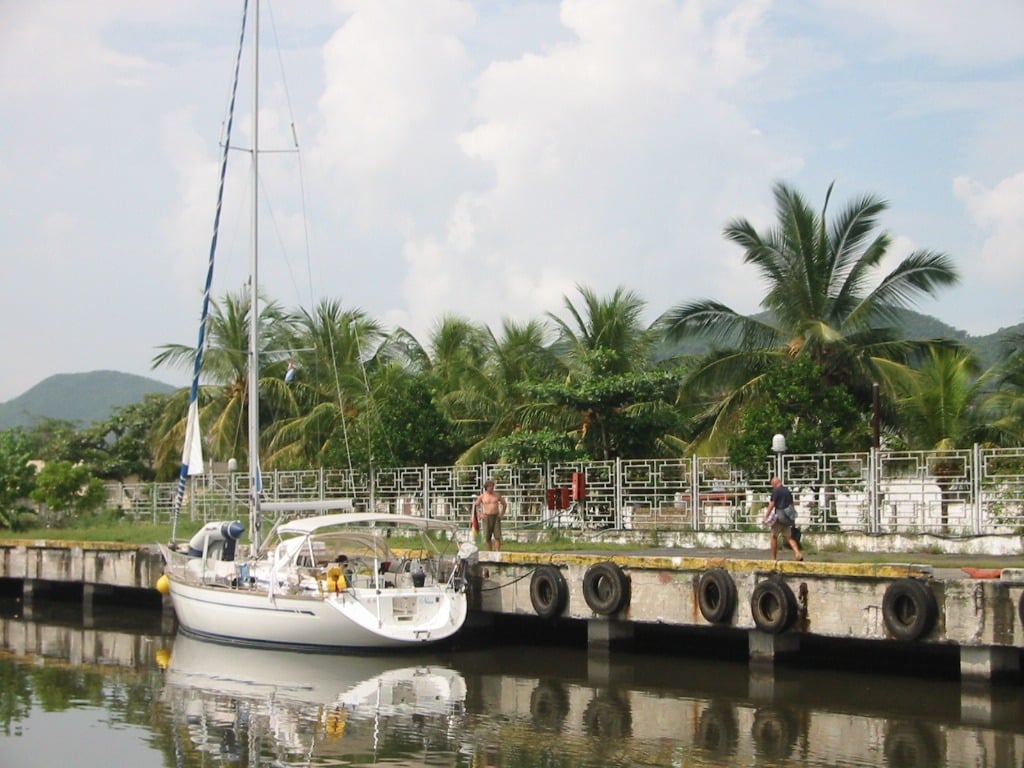
Located in the Canarreos Archipelago, this island is a popular destination for scuba scuba divers from all over the world. The marine fauna and bioscuba scuba diversity of marine life, as well as depths ranging from 12 meters to precipices into the abyss, attract many professionals, but novices are also introduced to the underwater world by the professional team of El Colony Dive Center.
The small, sleepy capital of Nueva Gerona is served by daily flights from Havana and is a good starting point for a visit to the 235 cave paintings of the Siboney Indians discovered by a French castaway in 1910. The white sand beach at Punta del Este is certainly one of the most beautiful on the island, which otherwise tends to have dark or black sand on its coastline. Cocodrilo, a small fishing village on the south coast founded by British settlers from the Cayman Islands, is easily accessible from El Colony dive center.
Las Tunas
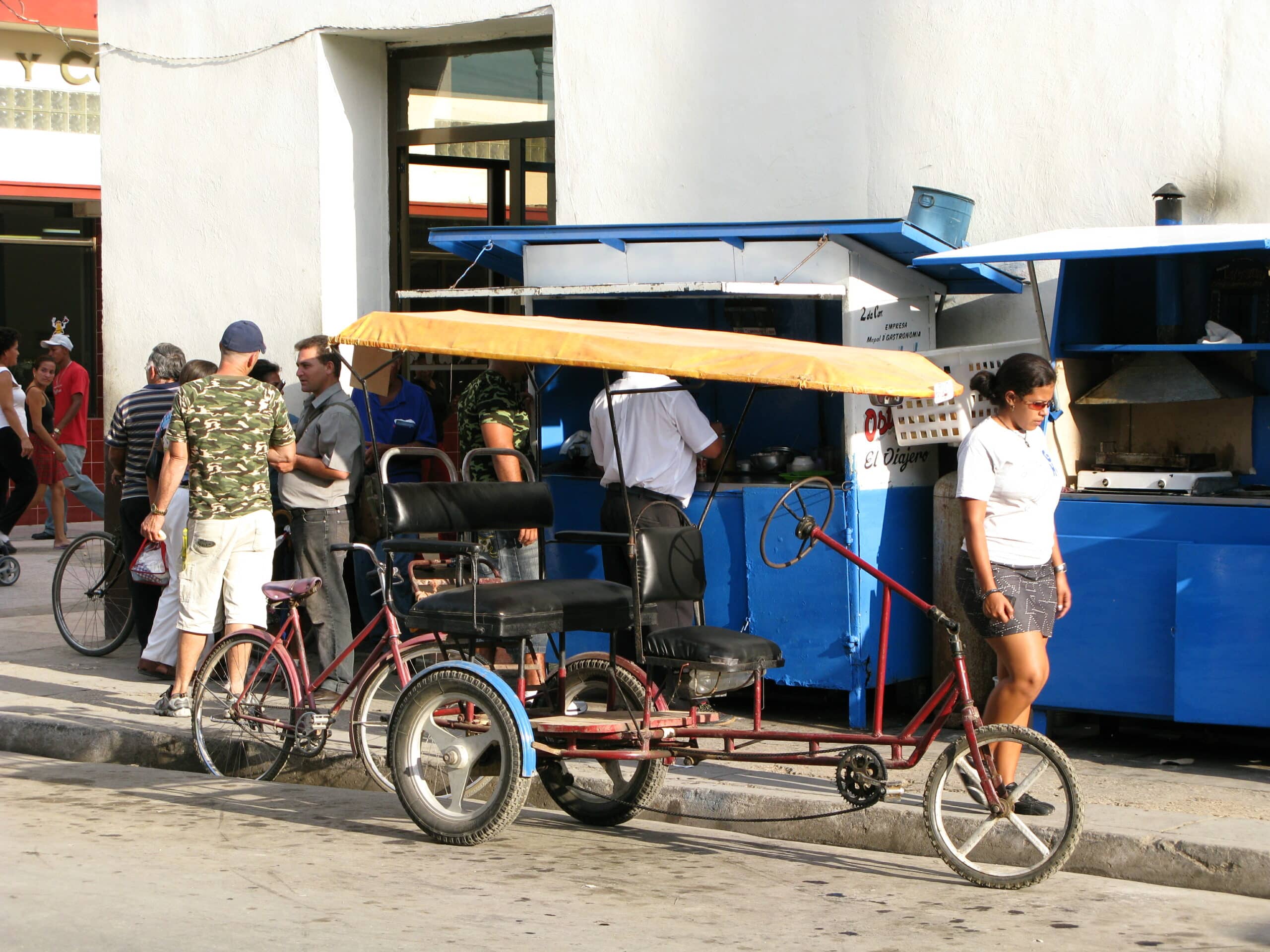
The province of Las Tunas extends over 6584km² in the northeast of the island and has 35 pristine beaches and 265km of coastline. The capital of the same name was founded in 1759 and is considered the capital of sculptures (70 monumental works are exhibited on 600km²). Covarrubias, on the Atlantic coast, has a fine sand beach and is protected by a three-kilometer coral reef. Near the Malgueta bay, there is a scuba scuba diverse birdlife, including flamingos, herons and pelicans. Another highlight of the province is the largest crocodile reserve in the Caribbean, with 20,000 specimens.
Matanzas - Varadero
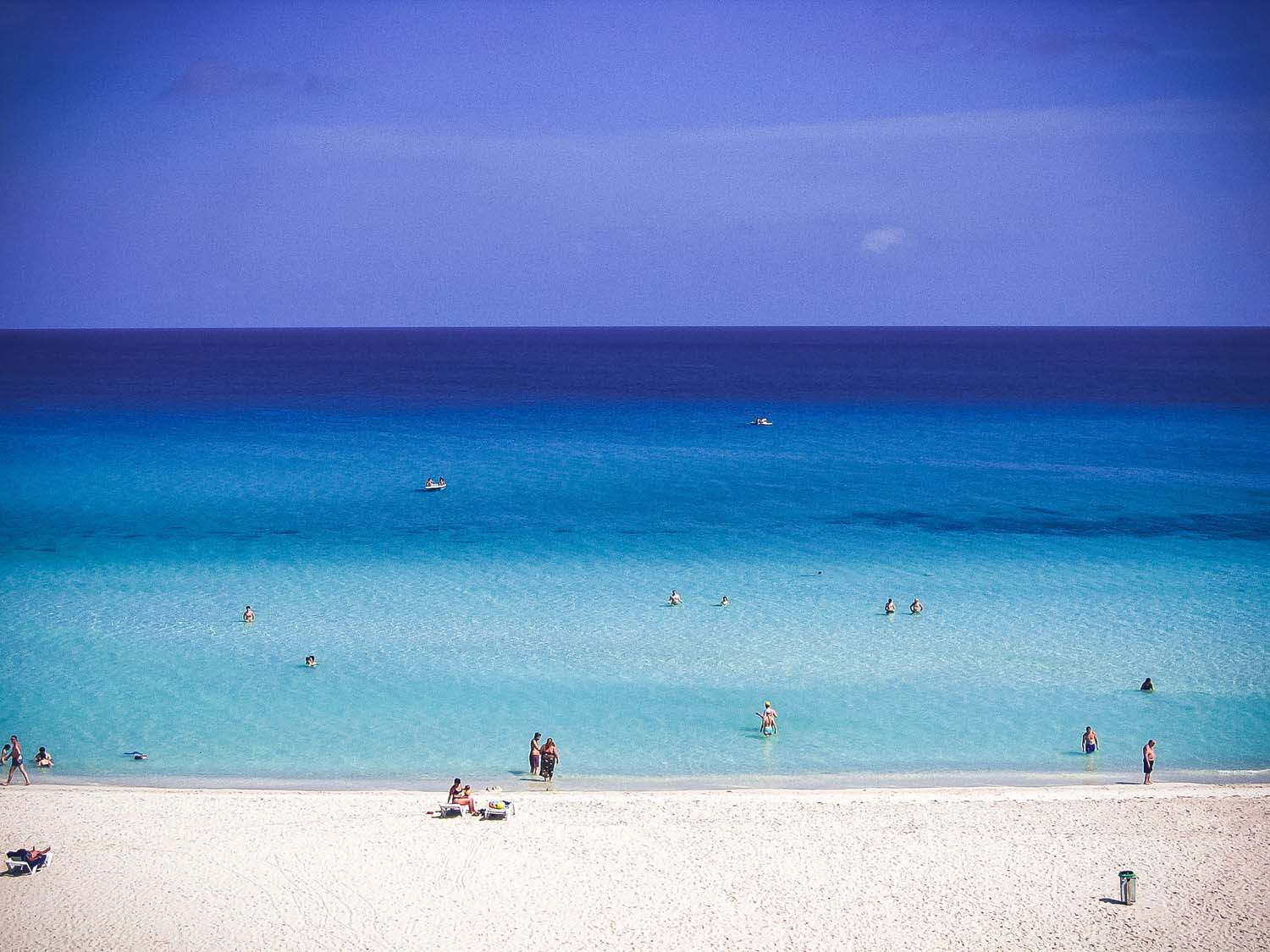
Matanzas the province with the largest number of tourist attractions. Varadero has an international airport and a varied hotel infrastructure. Fine, soft sand, transparent water in all possible shades of blue and a wide range of water sports are the characteristics of Varadero.
Some highlights: The Punta Hicacos Reserve with cave paintings, the International Center for Skydiving, the Varadero Golf Club, the only professional Golf course on the island with 18 holes par 72, and much more to explore. In the southwest is the Montemar Natural Park of the Ciénaga de Zapata Biosphere Reserve.
Pinar del Rio
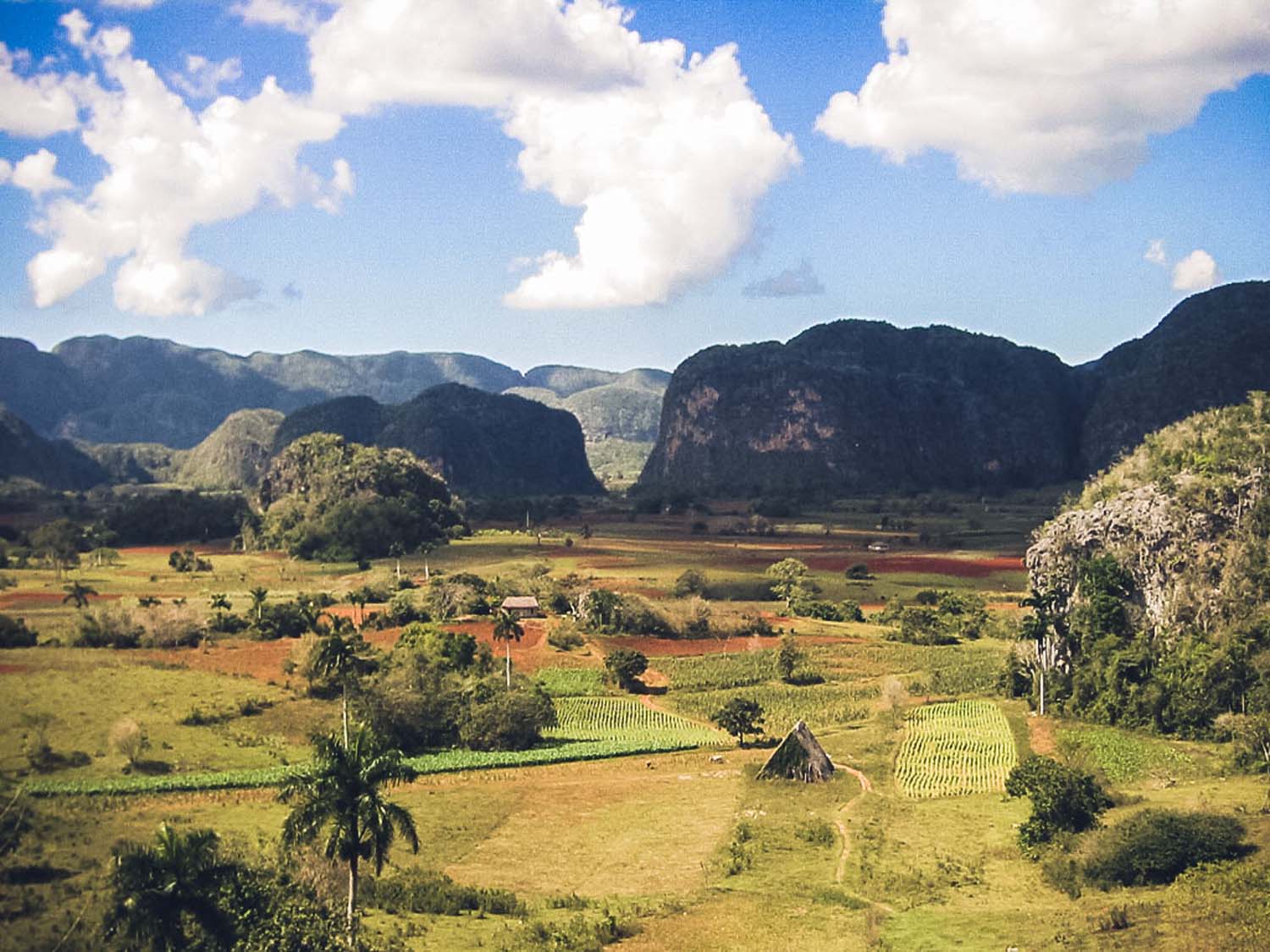
The westernmost of the Cuban provinces with the impressive valley of Vinales and the tobacco region Vuelta Abajo. The Sierra del Rosario Biosphere Reserve is home to the Soroa Orchid Garden, with 750 species of orchids, and Las Terrazas, with beautiful landscapes and sustainable tourism offerings. At the western end of the province is the Biosphere Reserve of the Guanahacabibes Peninsula, with its two nature reserves: El Veral and Cabo Corrientes and the Maria la Gorda Diving Center, with about 40 dive sites and a colony of black coral. Diving enthusiasts will also find rewarding diving destinations in Cayo Levisa and La Corona of San Carlos. The recognized mineral water spa of San Diego de los Banos is another of the region’s offerings.
Sancti Spiritus
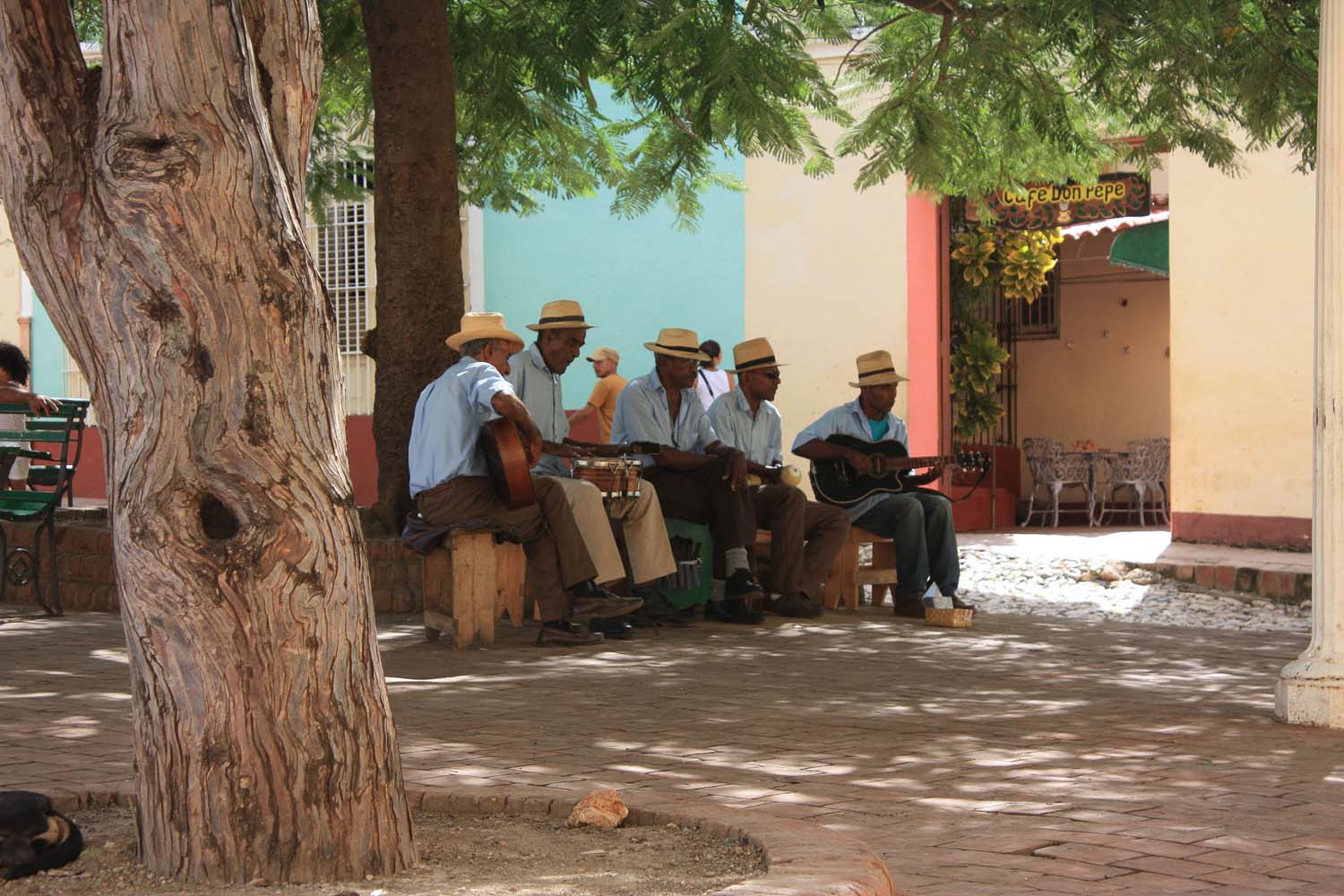
A province located in the center of Cuba, 15% of whose surface is covered by the Sierra del Escambray mountain range. The capital of the same name has preserved its historic center, with its varied styles. Trinidad, in the south of the province, is considered a museum city and has the most complete and best preserved architectural complex of the colonial period in the
Americas, which was included in the World Heritage List by UNESCO in 1988. The historic center of Trinidad is less than 10 kilometers from the Caribbean beaches, considered the best on the southern coast of Cuba, which offer attractive destinations for scuba diving. The Escambray mountain range, with the Topes de Collantes National Park, is ideal for adventurous excursions.
Santiago de Cuba
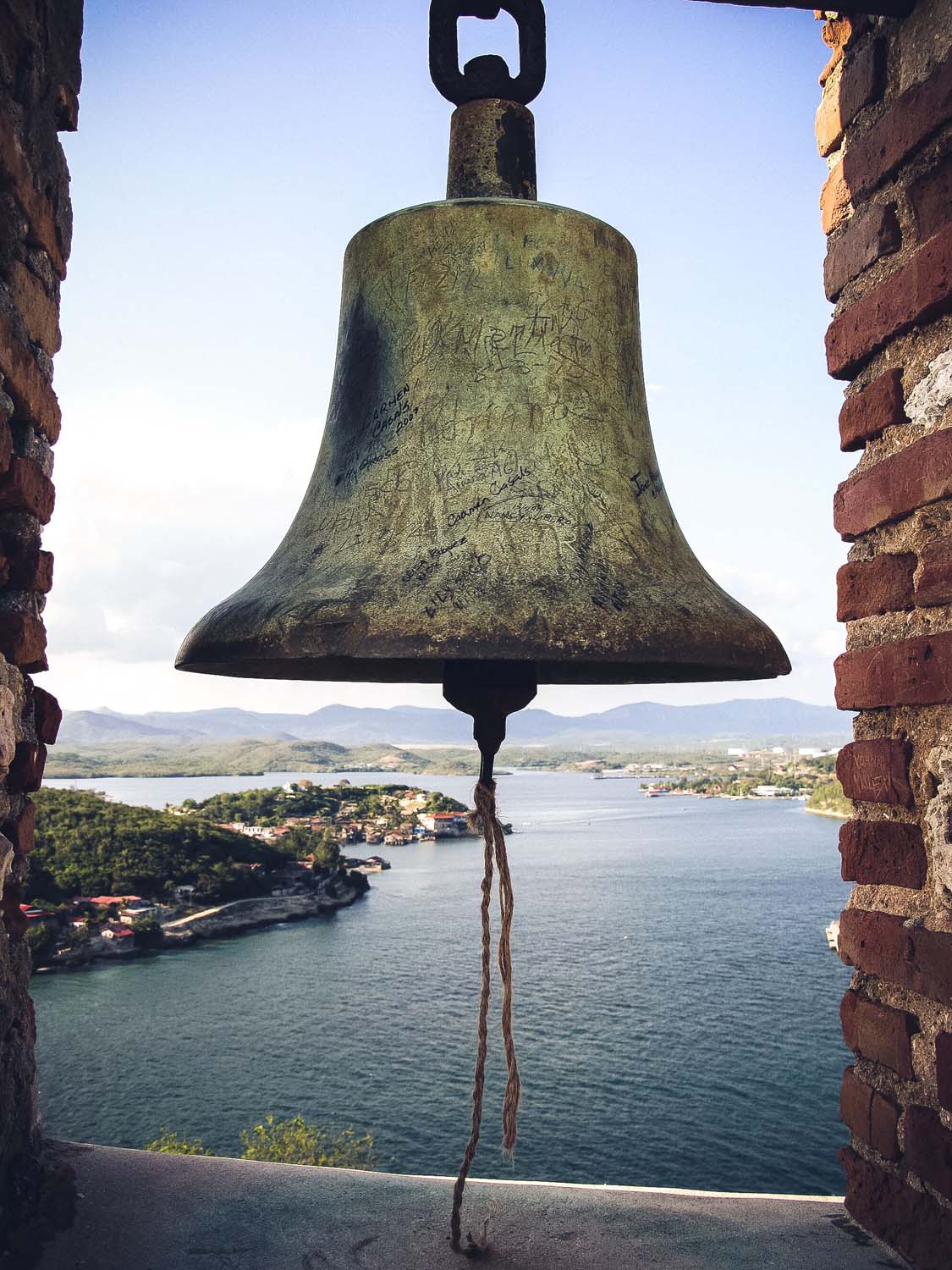
Founded in 1514, the eponymous capital of the southeastern province is considered the seat of Afro-Cuban roots of music, dance and magic. The city center is characterized by Andalusian and Moorish colonial architecture, with Parque Céspedes in the center. Within walking distance are many attractions such as the Casa de Diego Velázquez, residence of the former conquistadors, or the Casa de la Trova with great live concerts. In July, when the annual carnival parades through the streets, the city turns into one big party and celebrates with visitors from other cities and fans from all over the world. Outside the city we recommend a visit to the imposing fortress Castillo del Morro, the pilgrimage church Basílica del Cobre, the 1234m high rock Gran Piedra with a view as far as to Haiti and a visit to the crocodile farm at Laguna Baconao, where boats can also be rented. For swimming it is worth to make a detour to Playa Siboney west of Santiago and to Playa Daiquirí in Baconao Park. For scuba scuba scuba divers, the areas at Hotel Club Bucanero, Sigua, Daiquirí and Sierra Mar are interesting, with a total of over 70 diving spots.
Villa Clara
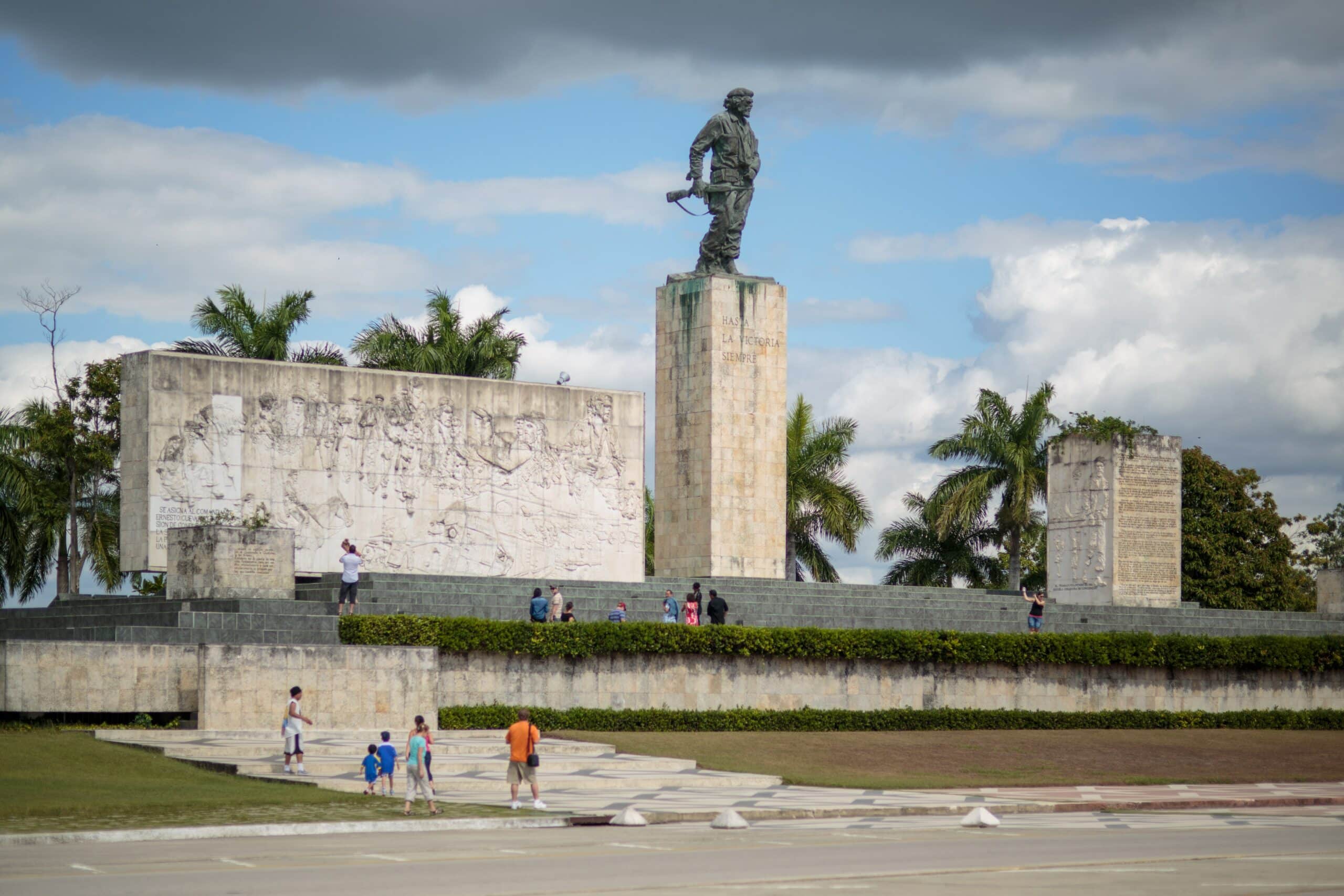
Located in the north center of Cuba, the province was the scene of the battle leading to final independence at the end of December 1958. The capital, Santa Clara, was founded in 1689 and is located 267km from Havana, 74km from Cienfuegos, 207km from Varadero and 88km from Trinidad. From Caibarién, a fishing village surrounded by deep waters with breeding facilities for lobsters, a 48km road connects the village with the northern islands of Las Brujas and Santa Maria. Santa Maria is also known as the white rose of the island landscape Jardines del Rey (Garden of the King). It is 13km long and has excellent beaches with fine, white sand and scuba scuba diverse underwater flora and fauna. Other highlights: Pelo de Oro o del Muneco Caves, Elguea Spa Springs, Hanabanilla Reservoir at the foot of the Escambray Massif, among others.
